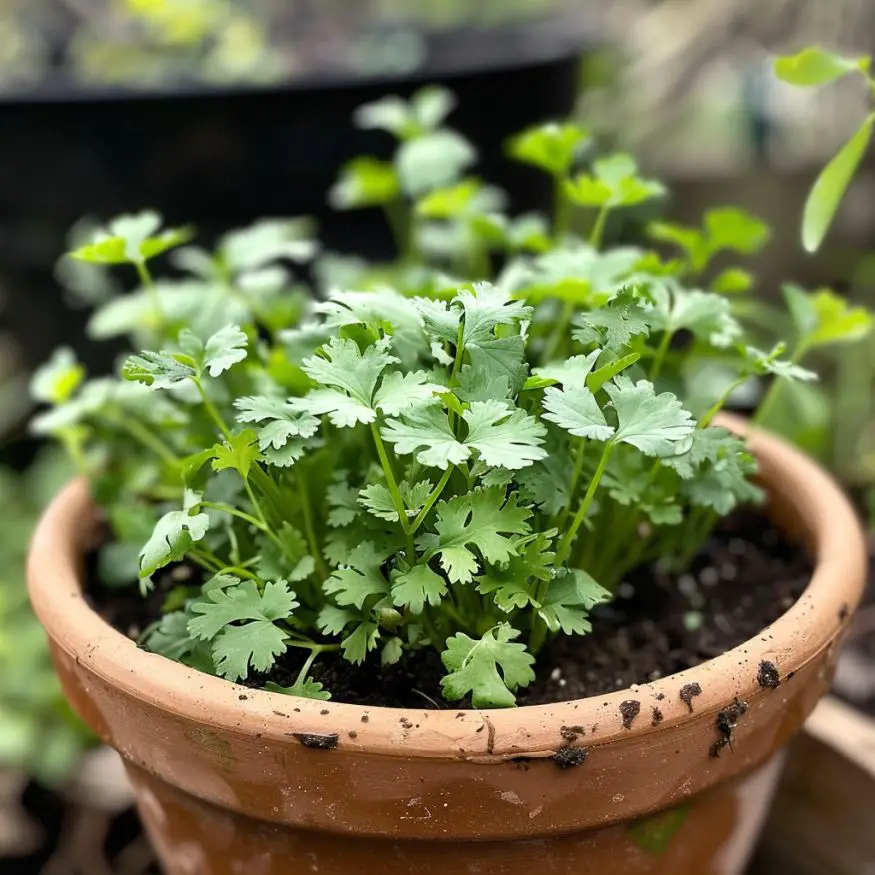How to Grow Cilantro in Your Garden: Essential Tips for a Bountiful Harvest
Growing cilantro in your garden can be a rewarding experience. This versatile herb, known for its vibrant flavor, is a staple in many cuisines around the globe. Whether you’re a seasoned gardener or a novice, cultivating cilantro can add a fresh, aromatic touch to your homegrown produce. With the right care and attention, you can enjoy a bountiful harvest of this delicious herb.
1. Choose the Right Location
Cilantro thrives in a sunny location that receives at least 4-6 hours of direct sunlight daily. Ensure that the area has well-drained soil to prevent waterlogging, which can lead to root rot.
2. Soil Preparation
Prepare the soil by adding organic matter or compost to improve its fertility and structure. Cilantro prefers slightly acidic to neutral pH levels, ranging from 6.2 to 6.8. Testing your soil and amending it accordingly can lead to better growth.
3. Proper Planting
Sow cilantro seeds directly into the garden bed or containers about 1/4 inch deep. Space the seeds approximately 6 inches apart to allow adequate room for growth. Water the seeds gently but thoroughly after planting.
4. Watering Consistency
Cilantro requires consistent moisture to thrive. Water the plants regularly, keeping the soil evenly moist but not waterlogged. Mulching around the plants can help retain moisture and reduce the frequency of watering.
5. Fertilization
Feed cilantro plants with a balanced fertilizer every 4-6 weeks. Organic fertilizers, such as compost tea or fish emulsion, are excellent choices that provide essential nutrients without overwhelming the plants.
6. Temperature and Climate
Cilantro prefers cooler temperatures between 50-85°F (10-29°C). In hotter climates, consider planting cilantro in partial shade or utilizing shade cloth to protect it from excessive heat, which can cause the plants to bolt prematurely.
7. Pest Management
Watch for common pests such as aphids, spider mites, and whiteflies. Using insecticidal soap or neem oil, you can manage infestations effectively. Regularly inspect the plants and use preventive measures to keep pests at bay.
8. Regular Harvesting
For the best flavor and continual growth, harvest cilantro leaves regularly. Cutting the upper leaves encourages the plant to produce more foliage. Be sure to leave about one-third of the plant intact to maintain its vigor.
9. Preventing Bolting
To prevent cilantro from bolting (flowering and setting seed prematurely), keep the plants cool and well-watered. Pinching off any flower stalks that emerge can extend the leaf production period.
10. Succession Planting
Cilantro has a relatively short lifecycle, so consider succession planting every 2-3 weeks to ensure a continuous supply of fresh cilantro throughout the growing season. This practice also mitigates the impact of bolting.
By following these expert tips, you’ll be well on your way to enjoying fresh, homegrown cilantro that can enhance your culinary creations. Happy gardening!
